Benny Moré, A Rhapsody of Talent, Tragedy, and Timeless Rhythms
In the heart of Cuban musical history, the name Benny Moré resounds as a symphony of talent, passion, and tragedy. Known as “El Bárbaro del Ritmo” (The Barbarian of Rhythm), Benny Moré’s biography is a compelling narrative that weaves through the colorful streets of Santa Isabel de Las Lajas to the grand stages of Havana, leaving an indelible mark on the world of Afro-Cuban music. This blog unravels the life of Benny Moré, exploring the origins of his prodigious talent, the meteoric rise to fame, and the enduring legacy he left behind.
Early Years in Santa Isabel de Las Lajas
Bartolomé Maximiliano Moré Gutiérrez, affectionately known as Benny Moré, was born on August 24, 1919, in the picturesque town of Santa Isabel de Las Lajas, Cienfuegos, Cuba. From an early age, Benny displayed an innate musical talent, a gift that seemed to flow through his veins. Raised in a family where music was a way of life, he absorbed the diverse sounds of Afro-Cuban traditions, shaping the foundations of his future brilliance.
Despite his humble beginnings, Benny Moré’s love for music set him on a path of self-discovery. From playing the guitar to singing in local gatherings, he became a familiar presence in the vibrant musical scene of Santa Isabel de Las Lajas. Little did the town know that this local troubadour would one day become a towering figure in the annals of Cuban music.
The Rise of Benny Moré: A Musical Prodigy
Benny Moré’s journey from the provincial town of Santa Isabel de Las Lajas to the bustling streets of Havana was marked by a series of serendipitous encounters and an unparalleled musical gift. His distinctive voice, capable of traversing multiple octaves with ease, set him apart as a prodigious talent. Benny’s ability to seamlessly blend genres, from bolero to mambo, made him a versatile force in the Cuban music landscape.
In the 1940s, Benny Moré’s musical prowess caught the attention of the renowned bandleader and composer Antonio María Romeu. Recognizing the young prodigy’s potential, Romeu invited him to join his orchestra in Havana. This marked a turning point in Benny’s career, propelling him from local acclaim to national recognition.
The Bárbaro del Ritmo: Benny Moré’s Golden Era
The 1950s marked the zenith of Benny Moré’s career, earning him the moniker “El Bárbaro del Ritmo” for his unparalleled ability to command any rhythm with finesse. As the lead vocalist for the Banda Gigante, Moré’s collaborations with orchestras like Pérez Prado’s and his own Banda Gigante produced a string of hits that captivated audiences across Cuba and beyond.
Benny’s voice, a unique blend of power and emotion, brought to life timeless classics like “Bonito y Sabroso,” “Santa Isabel de Las Lajas,” and “Me Gusta más el Son.” His charismatic stage presence, coupled with an unmatched ability to connect with his audience, made him a beloved figure not only in Cuba but throughout Latin America.
Musical Innovation and Genre Fusion
One of Benny Moré’s defining characteristics was his ability to transcend musical boundaries. He fearlessly blended traditional Cuban genres with jazz, mambo, and even elements of opera, creating a sound that was both innovative and deeply rooted in the island’s musical heritage. His compositions were a reflection of Cuba’s cultural diversity, and his arrangements showcased a sophistication that set him apart from his contemporaries.
As a bandleader, Benny Moré introduced new elements into his performances, incorporating brass sections and experimenting with orchestral arrangements. This fearless exploration of musical styles and genres contributed to his reputation as a groundbreaking artist, challenging conventions and expanding the horizons of Afro-Cuban music.
Personal Struggles: A Bittersweet Symphony
While Benny Moré’s professional life soared to unprecedented heights, his personal life was marked by turbulence and challenges. His relentless pursuit of the nightlife and a penchant for excesses, including alcohol, strained his health and personal relationships. Despite the hardships, Benny’s passion for music remained unwavering, acting as both a refuge and a source of solace.
In 1953, Benny Moré experienced a tragic car accident that left him with severe injuries. The incident marked a turning point, slowing down the relentless pace of his career. Despite the setbacks, Benny continued to record and perform, leaving an indomitable imprint on the Cuban music scene.
The Final Act: Legacy Beyond the Stage
Benny Moré’s life came to a premature end on February 19, 1963, at the age of 43. His passing left a void in the world of Afro-Cuban music, but his legacy endured. Benny’s impact extended far beyond the years he spent on the stage. His influence was evident in the subsequent generations of musicians who drew inspiration from his innovative spirit, unique vocal stylings, and genre-defying compositions.
The tragic circumstances of Benny Moré’s death only added to the mythic quality of his legacy. His music, timeless and evocative, continued to resonate with audiences globally. In Cuba, Benny Moré became a cultural icon, celebrated not only for his musical genius but also for the indomitable spirit that defined his life.
Tribute and Recognition
In the years following his death, Benny Moré received posthumous recognition for his unparalleled contributions to Cuban music. In 1993, the city of Santa Isabel de Las Lajas inaugurated the Benny Moré Museum, commemorating the life and legacy of their prodigious son. The Benny Moré Art Center was also established in Cienfuegos, celebrating his influence on the arts.
The Cuban government posthumously awarded Benny Moré the prestigious Order of Félix Varela, recognizing his significant contributions to the nation’s cultural heritage. In 2005, on the anniversary of his birth, the Benny Moré Institute of Latin American Studies was inaugurated, dedicated to preserving and promoting his cultural legacy.
Conclusion: The Enduring Echo of El Bárbaro
Benny Moré’s biography is a bittersweet melody that echoes through the corridors of time. From the dusty streets of Santa Isabel de Las Lajas to the grandeur of Havana’s stages, his life was a testament to the transformative power of music. El Bárbaro del Ritmo not only left behind a musical legacy that transcends genres and generations but also became a symbol of artistic fearlessness and innovation.
As we revisit the captivating rhythms of “Bonito y Sabroso” or the poignant lyrics of “Santa Isabel de Las Lajas,” we immerse ourselves in the timeless symphony of Benny Moré. His ability to bridge musical worlds, challenge conventions, and infuse every note with passion cements his place among the pantheon of Afro-Cuban music’s most revered figures. Benny Moré, the Bárbaro of Cuban rhythm, lives on in the hearts of those who continue to be moved by the enduring magic of his music.
.- Youtube.com – Benny Moré Link here.


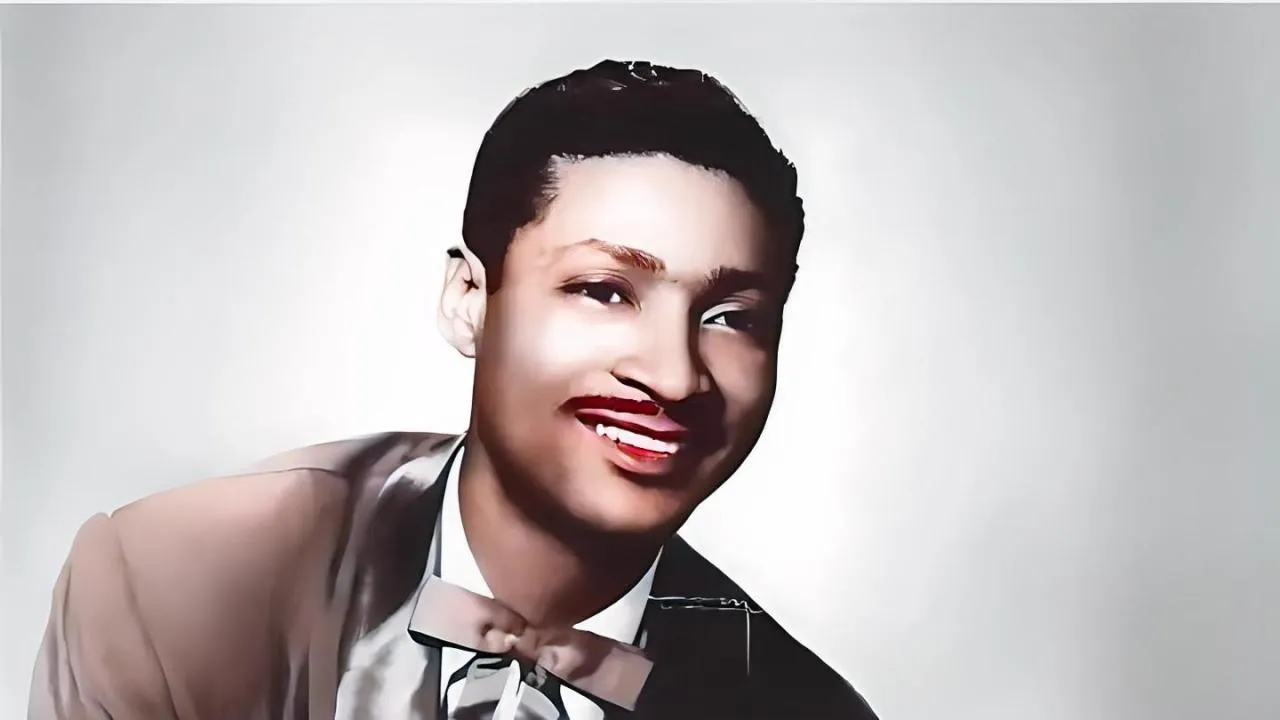

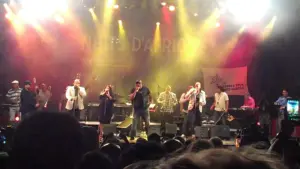
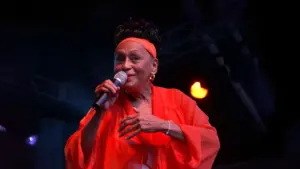
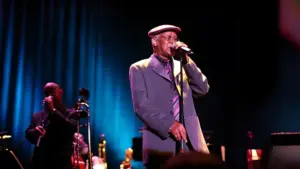

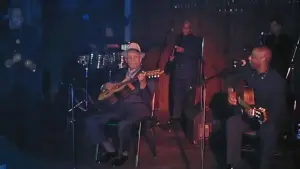
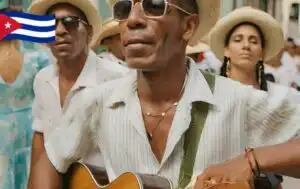
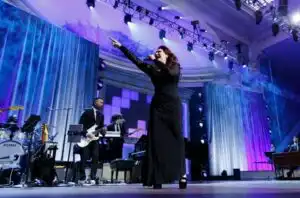



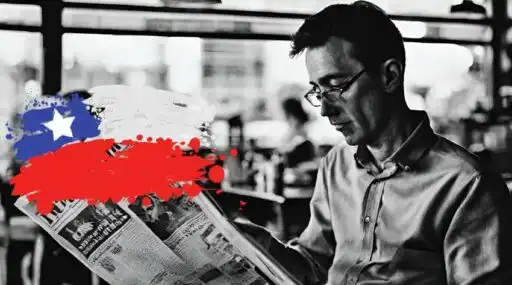
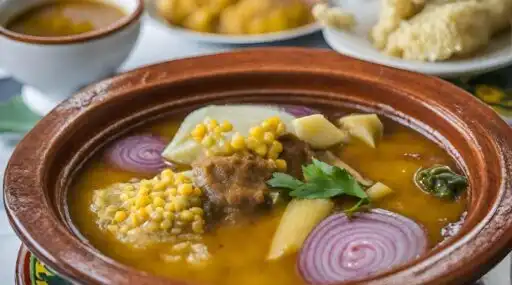
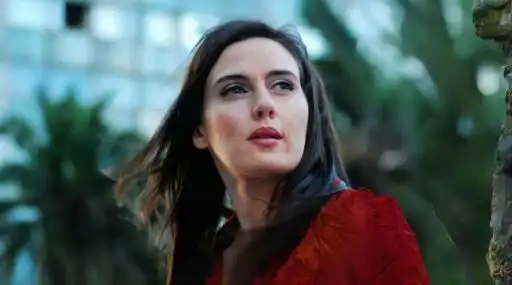


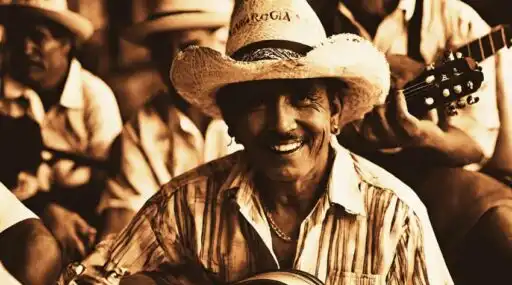
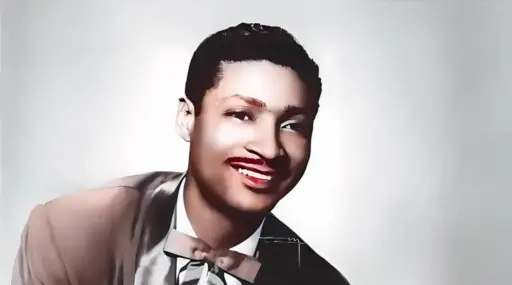
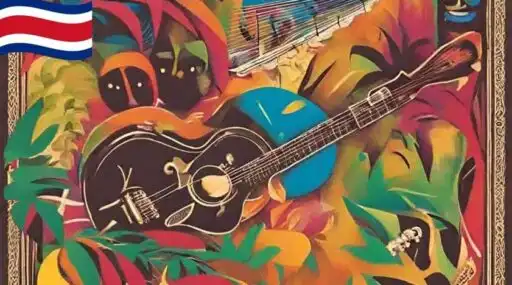


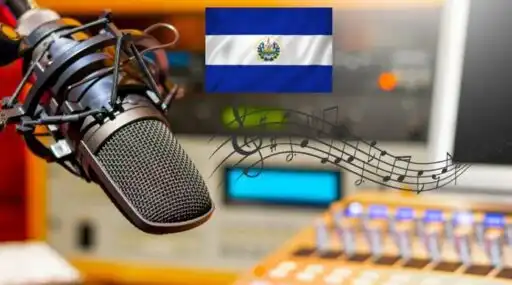
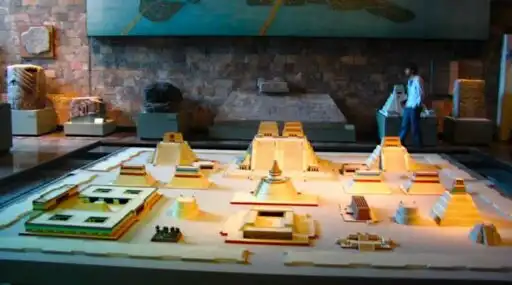

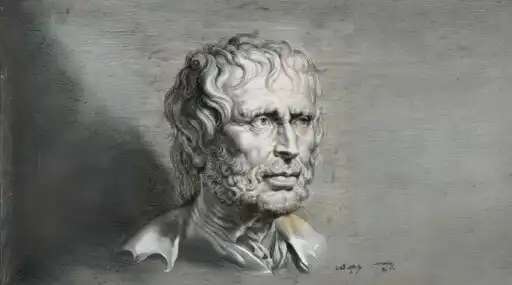
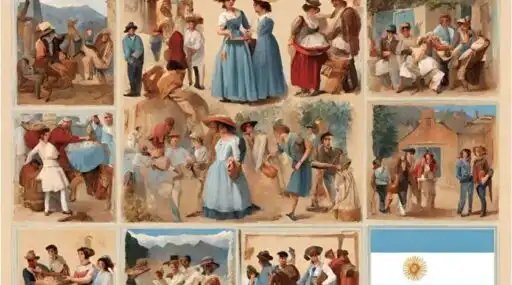

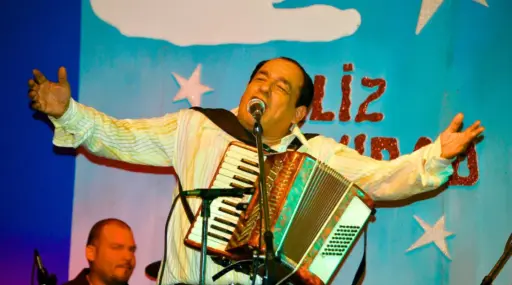

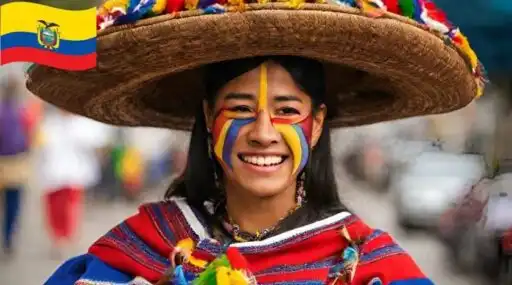
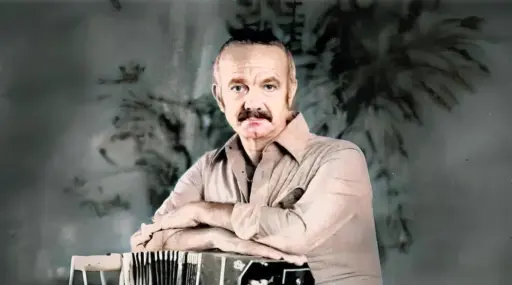

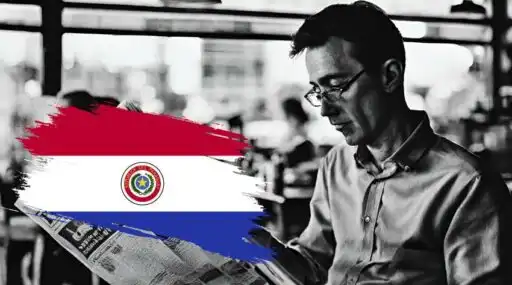

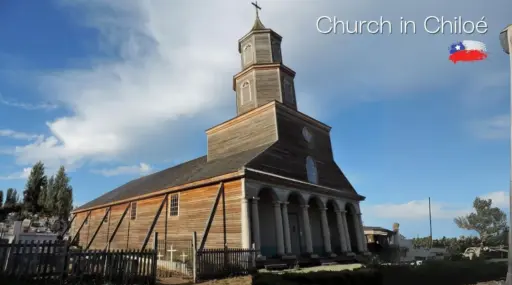
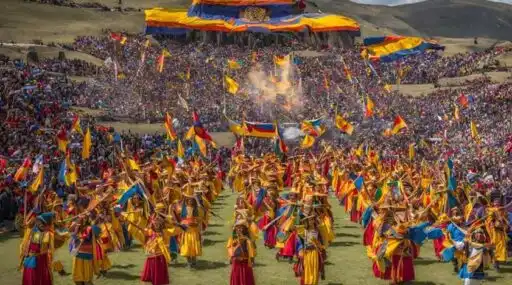
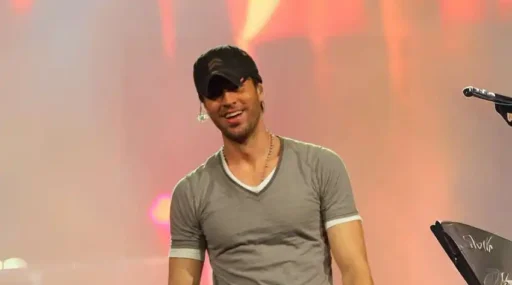

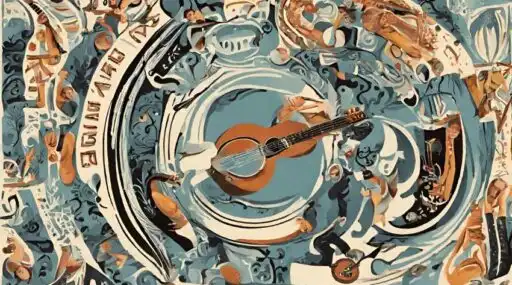
Leave a Reply